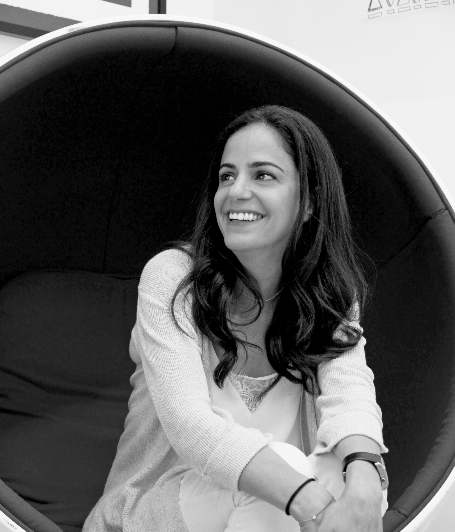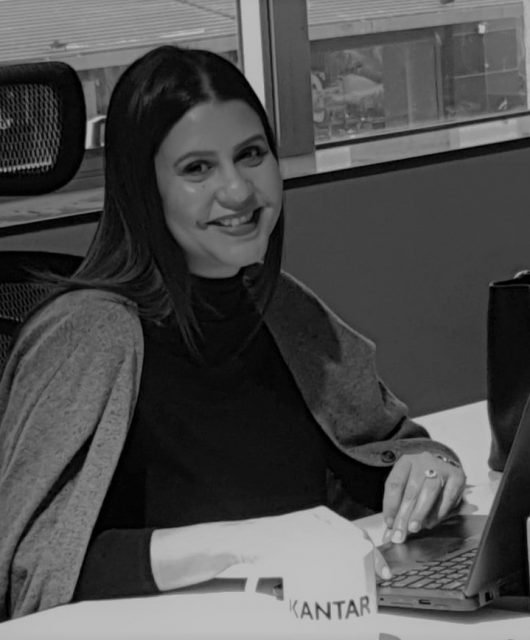The practice of Customer Experience Mapping and Service Design has gotten more clout in our region recently. This underlines a shift for organizations from brand-centricity to customer-centricity in order to ensure that business propositions and the voice of the customer are in alignment. And today, this shift has also been increasingly fueled by the ability to measure and get feedback on every customer interaction and optimize it.

As we engage in experience mapping and process re-engineering, we thrive to create familiarity. Seldomly, this familiarity is sometimes mistaken with standardized familiarity – which sometimes feels unfamiliar when experienced in different cultural contexts.
In my years of experience, I have come to realize not only what fundamental, deep cultural immersion is, but also how exciting and interesting it is. It is essentially what drives the awe and spark of magic in a service moment, particularly when approached from a glocal lens.
A Glocal Approach
Glocal, a concept that comes from the Japanese word dochakuka, refers to the adaptation of farming techniques to local conditions. As this term evolved, it came to mean simultaneity; the co-presence of both universalizing and particularizing tendencies.
A glocal approach to journey mapping starts with a deep understanding of cultural identities in order to offer more ‘relatable’ services and experience moments. It is an approach in which culture primes process, and where design begins with culture, not process.
Local understanding undoubtedly shapes moments of delight and creates memorable journeys. As we connect design and business, we reframe complex problems into smaller challenges and create stories and propositions for service users to relate to. In that process, a seemingly small part of a service offering can give a considerably big impact on how people experience the full service. That service moment is sparked by a local understanding of customers and is what primarily shapes awe moments.
To illustrate this, I recall my team being commissioned to work on a best-in-class global banking experience. We wanted to craft an experience that creates a personal and friendly relationship with the client – a global best practice at the time. Being personal and friendly was in our view a way to improve conversion and adoption, though at the early stages, the results were not what we expected. As we dug deeper, we discovered that people locally had a very particular cultural notion of “forbidden” vs. “permitted” when interacting with a financial institution. Our customers highlighted that in their mind, when they dealt with a bank, they didn’t look at their interaction as borrowing, rather as taking out a loan; they didn’t spend, they rather took a credit card; they didn’t save, they just opened an account.
Well-intentioned as it was, this global best practice reflected in the nomenclature did not culturally align with the values of our region. A simple fix reflecting that cultural insight considerably improved conversion and satisfaction.
Service Design and Familiarity
When designing new services, we drive inspiration from traditional services and how they are done. As such, we focus on the shared collection of habits and rituals that make up the context and lifestyle of this traditional service.
The complexity of the task lies in the intricacy of that shared collection of habits that make our customers: their deep motivations, desires, and the many nuances of how they feel and express emotions. It encompasses how they think, speak, act, their beliefs, their moral compass, how they talk, what they wear, how they interact… and all these affect how they make decisions.
We essentially map the services they undertake and the culture that underlines all the facets of their lives along the way.
Literally or metaphorically, we simply try to speak their language.
We can design flawless-looking service blueprints or customer experiences based on best practices, all the while solving all the pain points we identified. It may be very original, and in theory pleasurable and desirable, but when it lacks familiarity it excludes and alienates our customers.
“Everything we design is a response to the specific climate and culture of a particular place” – Norman Foster
Having worked in the region for the past 18 years and being myself a product of the region, I cannot hold myself from touching upon a facet of culture in our region that is very much our own – the national drive we have to everything we do.
In our region, we do not just simply use an enhanced service because it makes our lives easier.
We do it because it contributes to us being a better nation.
Because it enables a purpose that drives us.
Because it titles our pride as we participate in the race to becoming even greater nations.
We simply engage individually for a better collective good.
And in this sense, our job as service designers and CX experts becomes that of crafting propositions, enabled by a local vision and a national drive. It is to preserve in our everyday interaction the local culture and differences rather than washing them off by systematically referring to global best practices.
Simply, glocal propositions that integrate culture create memorable nationally-driven experiences that people can identify with, use and most importantly advocate for.





